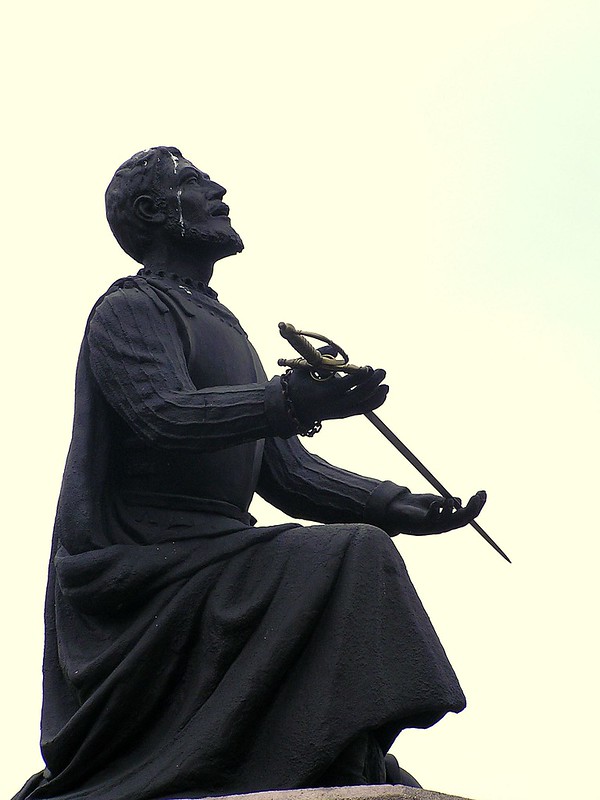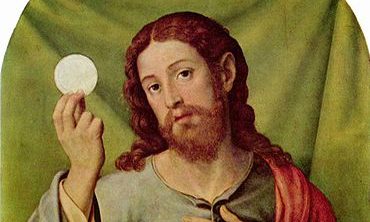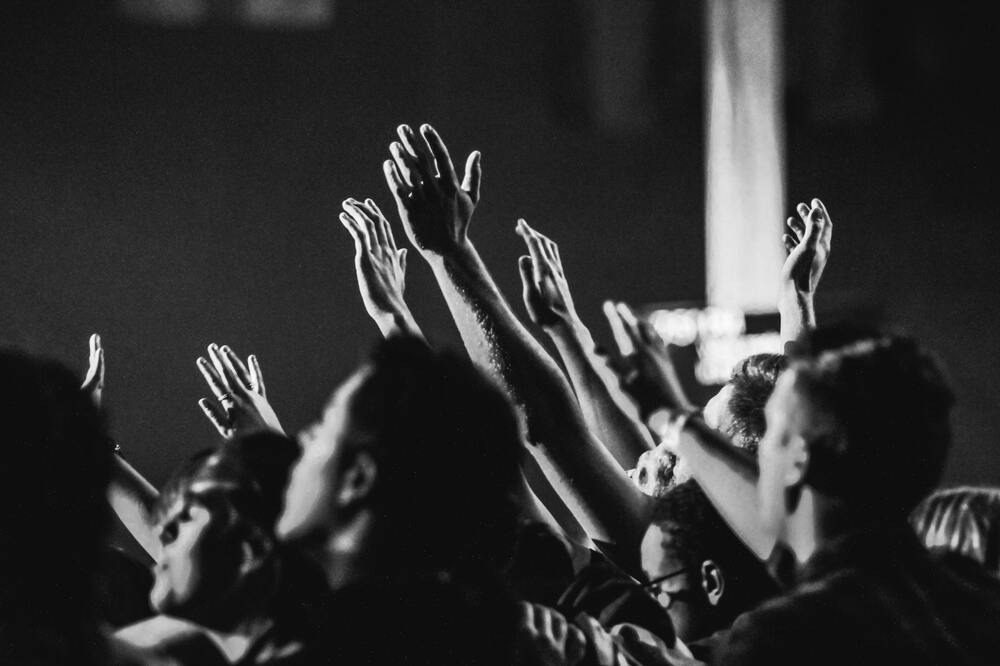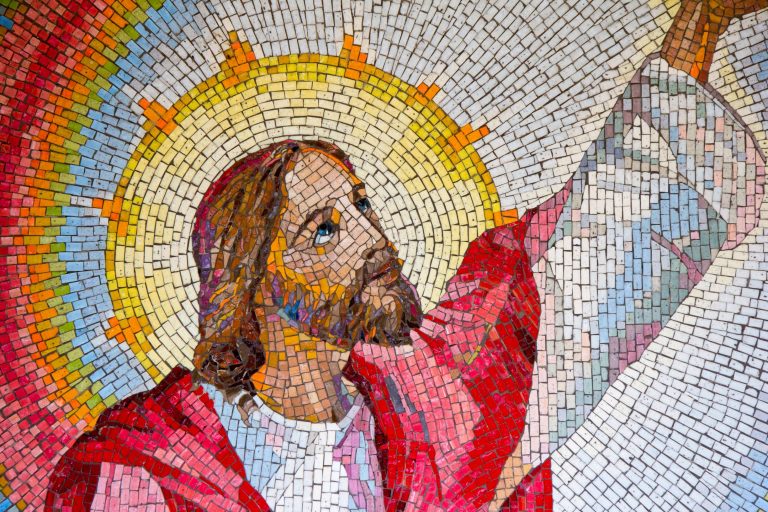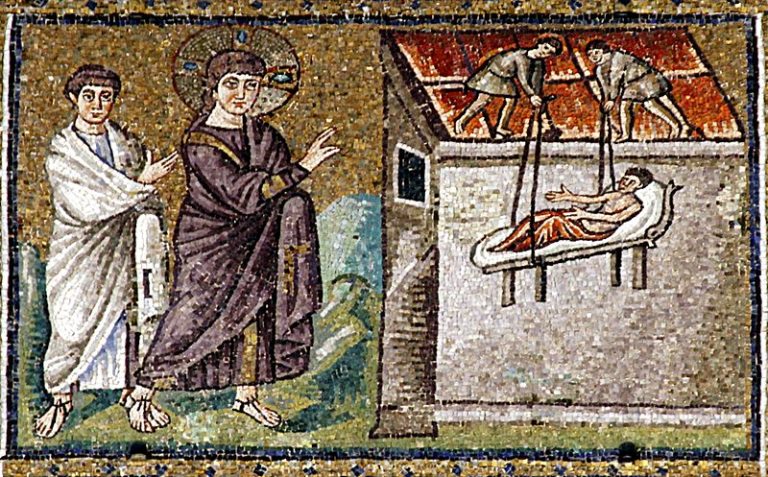Signs and Wonders as the Necessary, Initiating Spur of the Eucharistic Revival
And how we can pray for them, now.
In my last post I mused on how one fosters a Eucharistic Revival. I offered the perhaps bold statement that there is no way revival happens without the signs and wonders model of evangelization. I’d like to unpack that a bit.
First, what are signs and wonders? When we use that phrase in the Christian tradition, it is a way of speaking of God’s ongoing revelation and tangible presence in the present. The phrase occurs in the gospels and prominently in the book of Acts. Often it refers to visible divine healing, or miracles of provision (the multiplication of the loaves, the calming of the storm). The tearing of the temple veil and the darkening of the sky at Jesus’s death could be considered a sign, a wonder. And of course, the resurrection appearances and the gifts evidenced in an outpouring of the Holy Spirit at Pentecost are signs par excellence.
Signs and wonders have marked periods of renewal throughout Christian history. Sometimes renewal was spurred by the retelling of those signs and wonders: the power of the Gospel proclaimed, and people’s witness and testimony of personal encounter with the Lord. But often, if not always, we had more than proclamation and personal witness. God graciously revealed himself in tangible and evidential ways to his people in need: healing, forgiveness, provision.
Consider the Catholic reformation, often considered a reaction and correction to the teaching of the Protestant reformation throughout the 1500s. While certainly there was an educational correction in play, there was also a genuine spiritual revival that accompanied the Catholic educational reform–and in fact accompanied, even preceded it. Consider St. Ignatius of Loyola, and his deep and transformative experience of God reading the lives of the saints from his recovery bed. That changed his life from a power-hungry, class-conscious warrior to a soldier for Christ, laying down his sword at the altar dedicated to Our Lady of Monserrat. That transformative experience inspired writing down and offering “the Spiritual Exercises” one person at a time. That grew into gathering a company of men that grew into an order, eschewing the religious politics of the day to take orders only from the Pope (a radical move then). The purpose of the order was to draw people who were Christian–or not–into a personal experience of the signs and wonders of the Lord one can receive through prayer.
Consider also the Catholic reformers Ss. Teresa of Avila and John of the Cross. In the same period, they received incredible graces in prayer that fall under signs and wonders (including extraordinary graces, like levitation and visions). And they taught people that these graces–and the discipleship path of prayer–were and are for everyone. Their influence in spiritually reviving not just the Carmelites, but people of God, extends to this very day,
These kinds of signs and wonders still happen today. While we are more likely to brush off the miraculous in a secular age, all of the contemporary Christian revival movements in the USA began with “signs and wonders” events.
These kinds of signs and wonders still happen today. While we are more likely to brush off the miraculous in a secular age, all of the contemporary Christian revival movements in the USA began with “signs and wonders” events. The twentieth century began with the Azuza Street Revival (Los Angeles, 1906-1915), marked by healing miracles and speaking in tongues. Within the Catholic Church, the Catholic charismatic renewal began in 1966 in Pittsburgh when a group of college students prayed for baptism in the Holy Spirit and had an upper room experience that, like the Pentecost, spread like wildfire, creating new life, new leaders, new colleges and universities, and has spread worldwide to the very Papal preacher for the last three popes, Cardinal Raniero Cantalamessa.
The signs and wonders model that has re-emerged dramatically in the Catholic Church in America in the past 40 years is clearly moving the United States into revival. And if it has been the inaugurating and accompanying spur of other revivals, then it can, and must, be the inaugurating spur of this Eucharistic revival. We should expect, and pray, for signs and wonders to mark this Eucharistic revival.
Some will question whether we really need a sign or wonder beyond the Eucharistic Lord himself. Isn’t the Eucharist the wonder of all wonders? The answer is of course. The Eucharist is the Lord himself! God breaking in, in humility yet divine fullness and mystery. Clearly a wonder! And as Himself present to us and for us, a sign of the Father’s love, a sign of the power of God, a sign of our redemption, a sign of our unity with Christ and each other, the sign that both points to the Father and in itself manifests the Incarnate God, Jesus Christ. So do we need more? Some will likely quote scripture: Jesus himself says to the Pharisees in the gospels, “a wicked and adulterous generation asks for a sign…” (Mt 16:4) but the problem was not in the request for signs but in the obliviousness of the Pharisees that Jesus, standing before them, was the Messiah, the Son of God: beyond all signs, the source of all signs.
We already have the wonder of the Eucharist, the sign of God’s transformative love in our midst. What we need to foster revival in a secular age is a fresh openness to the wonder of the Eucharist: the immanent power of God. What must be unleashed in the Eucharistic revival is the power of the Eucharist. It can be, and will be unleashed through our humility, faith, and receptiveness, thereby allowing his power to operate in our lives. And when that happens: there will be signs and wonders in God’s people. The peace, the unity, the boldness, and yes, the miracles.
So how do we welcome the wonder of the Eucharistic Lord and his power, yielding more signs and wonders in his people? Two ways: first, we recognize our thirst. And second, we practice the uncomfortable: expectant faith that God will be God in obvious ways in our midst.
- This age is dying of thirst, and one of the signs of that dying is that our thirst is numbed. We are parched, the soul “shutting down,” and we do not notice it. Thirst is uncomfortable, painful, and more. But it alerts you to COME TO THE WATER. In this case, the body and blood of Jesus Christ. When we hunger and thirst, we know we need to consume. Let us pray for a reawakening of holy thirst.
- Let is practice expectant faith: in order for this to be a revival, I expect people to fall on their knees before the Lord in gratitude and reverence. I expect conversions at Eucharistic processions. I expect people to be healed, spiritually and physically. I expect tears of joy and repentance. I expect people will share their testimony how receiving the Eucharistic Lord has changed their lives. I expect people will increase their attendance at daily Mass. I expect people will fall in love with the Lord in a deeper way when we point to the wonder of the Eucharist. All of these are signs of the Lord’s impact on his people.
The boldness of that whole paragraph is a practice of expectant faith: no predictive projection on my part, but practicing the truth that God can work in power in all these ways. And when we humble ourselves to be open before his power and love, we receive his transforming grace. I am placing my faith in the goodness and power of God, in his nature, and in his promises. This level of revival has happened before and it will happen again. But we need to pray for it, fast for it, and beg for an increase of faith for it. If we want to foster a revival, that is what we need to be doing, starting now.
We cannot ever force God’s hand to “give us a sign.” (We cannot force God, period–he is God, we are not.) But we can trust him, trust his love, expect him to BE God, to share his power to change our lives, when we repent and turn to Jesus. So let us beg God to expand our half-open hearts, to let God be who he says he is: our Lord and Redeemer of our every ill. The revival is coming, like a train we can’t see but produces a rumbling under our feet we are beginning to feel. Expect signs and wonders.

